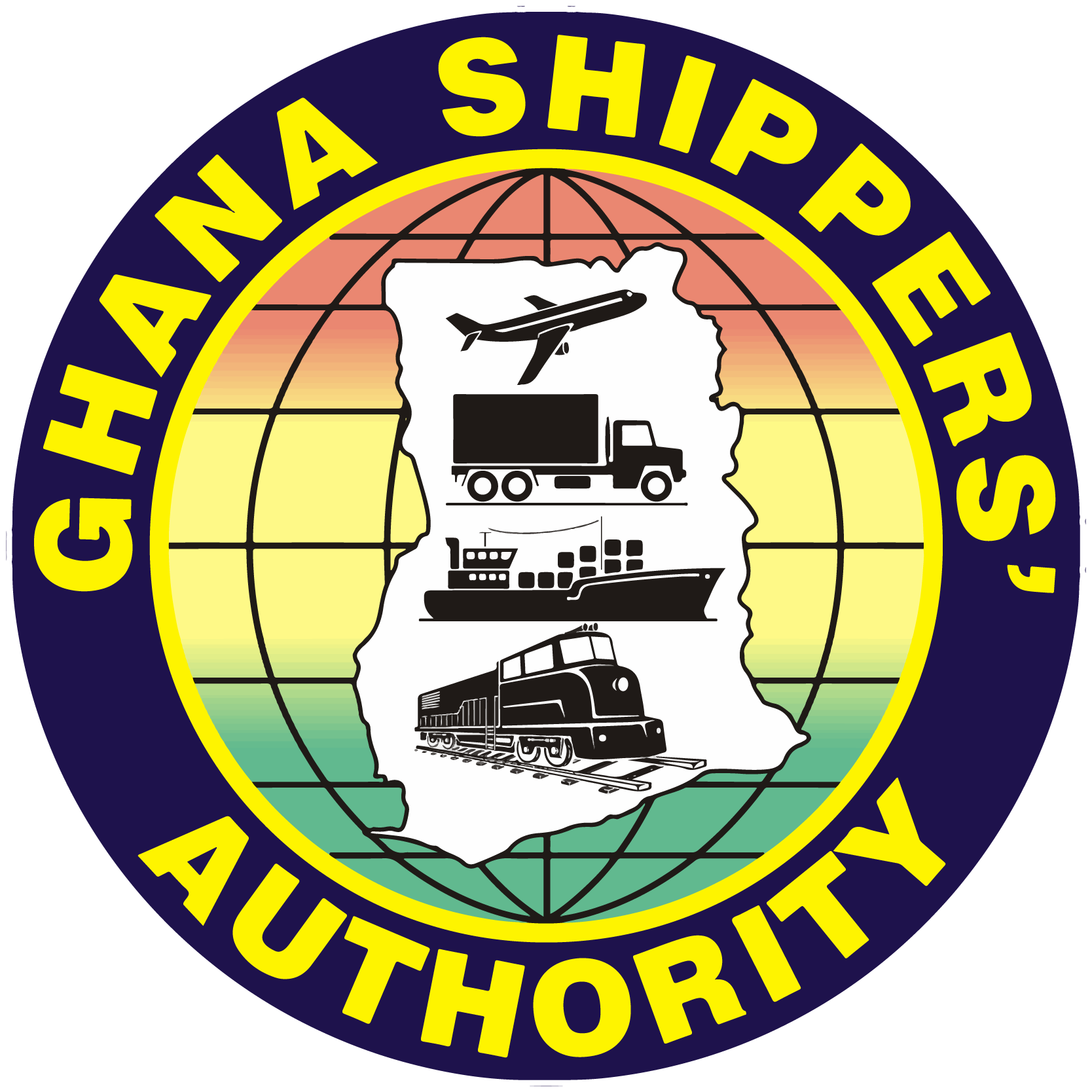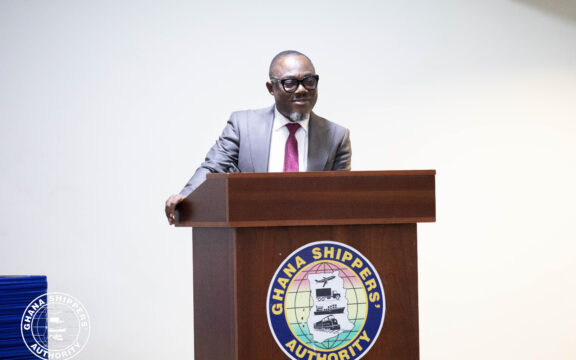Ocean shipping is the primary mode of global commercial transit. Over 90% of all commercial items are transported by sea. As a result, the oceans serve as the primary transportation corridors for global trade. For shipowners and mariners, this presents both opportunities and challenges. Maritime trade volumes are expected to quadruple in 2050 as global freight demand grows.1 The necessity for strong and effective global standards for the working and living circumstances of the maritime workers has become vital for the maritime sector’s success.
Seafarers must have safe working conditions in order to maintain the marine environment and ensure the economic viability of shipping operations. These favorable working conditions are required to attract and maintain qualified employees, which can improve efficiency and output. Substandard working circumstances, on the other hand, are associated with poor hygiene, medical care, good food, a lack of training, and bodily and psychological injury.2
Since its inception, the International Labour Organization (ILO) has taken a great interest in the regulation of marine labor issues as part of its constitutional mandate and basic objectives. The ILO’s work continues to be centered on international labor standards. International labor standards are divided into two categories: legally binding international labor agreements and non-binding international labor recommendations that serve as guidelines for policy, law, and practice.
The ILO’s standard-setting activities in the field of maritime transport are primarily based on Article 94 of the 1982 United Nations Convention on the Law of the Sea (UNCLOS), which requires every flag state to exercise jurisdiction and control over ships flying its flag in administrative, technical, and social matters.
A NEW BLUEPRINT FOR SEAFARERS
The ‘Geneva Accord,’ a resolution adopted within the framework of the Joint Maritime Commission, a bipartite organ responsible for fixing the international minimum wage, the general well-being of seafarers, and reflecting the common understanding of ship-owner and seafarer groups concerning existing maritime labor standards, was a major consolidation exercise of international maritime labor standards in January 2001.
In 2006, the ILO adopted the Maritime Labour Convention (MLC 2006). The MLC 2006 is the most significant development in the long history of seafarers’ rights law.
The MLC 2006 includes standards for conditions of employment, hours of work and rest, accommodation, recreational facilities, food and catering, health protection, medical care, welfare and social security protection for seafarers, regulation recruitment and placement services, and flag and port State inspection systems.
The MLC 2006 establishes international working and living norms for seafarers, which are enforced by countries that have ratified it. MLC 2006 took effect in August of 2013. The MLC’s criteria apply to ships from ratifying states as well as foreign ships calling at ratifying nations’ ports, regardless of whether their flag state has ratified the Convention. The convention is often regarded as the fourth pillar of the international regulatory regime for high-quality shipping, alongside the three important IMO conventions of SOLAS, MARPOL, and STCW, all of which are based on UNCLOS Article 94.
The layout modified the IMO convention’s core structure, which consists of three parts: articles, rules, and codes. The Articles define fundamental rights and serve as the legal foundation for all other regulations.
The Regulations establish basic duties in the areas of working and living circumstances for seafarers covered by the agreement. The Codes are divided into two parts, with Part A containing binding standards and Part B containing non-binding advice.
WHO IS A SEAFARER?
A seafarer is defined under the MLC as anyone who is hired, engaged, or operates in any capacity onboard a ship covered by the Convention.3 As a result, the definition encompasses not only the crew involved in navigating or operating the ship, but also all additional non-maritime personnel such as hotel staff, including cabin and cleaning staff, bartenders, waiters, entertainment, vocalists, and casino people.
MINIMUM AGE FOR A SEAFARER
Under MLC 2006 Regulation 1.1, no under-age persons are permitted to work on ships, and anyone under the age of 16 is not permitted to work on a ship. The MLC 2006 does not specify the legal form in which it must be implemented; however, it must be in a form that is required by national law. Other than a minimum age of 18, the MLC 2006 does not specify a minimum age for positions on board ships. In terms of employment and residential situations, a young person under the age of 18 is given special consideration.
A seafarer between the ages of 16 and 18 must work on a ship but cannot do: night work (with few restrictions); or anything that puts the seafarer’s life in jeopardy.

Standard A1.1 requires that a seafarer between 16 and 18 years of age work on a ship but cannot do: night work (with some possible exceptions); or work that puts the seafarer’s health or safety at risk.
‘However, other maritime conventions, such as the IMO’s STCW Convention, which specifies the minimum age for certain roles for seafarers covered by the STCW, may already have national standards in place.
ARTICLES OF AGREEMENT
The MLC, 2006, retains its goal of ensuring that sailors have a fair employment agreement. Regulation 2.1 of the MLC, 2006, was accompanied by a genuine push for modernization, with the goal of adapting to the practices and terminology used in various maritime countries for self-employed workers, evidence of contractual or similar arrangements, employment agreements made entirely or partially by a collective bargaining agreement (CBA), and so on.
The criteria of the MLC, 2006 relating to seafarers’ employment agreements are included in the scope of seafarers’ living and working circumstances that the flag State must assess and approve. Seafarers have the right to a safe and secure workplace that meets safety standards, as well as the right to fair terms of employment, decent working and living conditions on board ship, and health protection, medical care, welfare measures, and other forms of social protection, according to Article IV.
The MLC 2006 standards for seafarers’ employment agreements for seafarers working on ships must be implemented by flag states through legislation or regulations. The employment agreement for seafarers must be signed by both the seafarer and the shipowner.5
WAGE AND WORKING HOURS
When seafarers are deprived of much-needed rest, they make mistakes that can lead to accidents. Fatigue has been found as a significant contributor to numerous maritime accidents. Seafarers are enticed to work above their safe human endurance limitations by both shipowners and seafarers. To preserve sailors’ health and marine safety, it is critical to restrict work and rest hours. To ensure that seafarers are compensated for their efforts. Regulation 2.2 stipulates that all seafarers must be paid on a regular basis and in full according to their employment agreements.6
The employer is required to pay the seafarer on a monthly basis, with overtime included in the total. Basic pay, often known as wages, refers to compensation for working standard hours, which are typically 8 hours per day and 48 hours per week. The recommended minimum salary for basic pay should never be less than that.
Ensure that mariners have set working and rest hours. To ensure that seafarers’ hours of work and rest are regulated, Member States must define maximum and minimum hours of labor and rest throughout specific time periods in accordance with the Code’s provisions.7
BENEFITS OF MEDICAL CARE AND SICKNESS
The right to free medical care is one of the oldest and most durable rights granted by sailors. This right is so well-established in maritime law that it is automatically included in every seafarer’s job contract. It is a fundamental right that no individual seafarer can contract away. If seafarers become ill or wounded while on board, their ship is responsible for paying for their medical and living expenses up to the point of maximum care. Furthermore, they should be paid during their recovery until they reach their maximum cure or the end of their contract, whichever comes first.9
Regulation 4.2 of the MLC 2006 codifies shipowners’ duties to provide seafarers’ medical care, incorporating both the general maritime law right to medical care and workers’ compensation disability principles. Standard A4.2.1(a) established that shipowners’ are responsible to bear the financial costs for seafarers who become ill, injured, or deceased while they are serving under a seafarers’ employment agreement or arising from their employment under such an agreement.10
The shipowner is liable for medical care and board and lodging until the seafarer has fully recovered or the illness or injury is declared permanent. This covers the situation where a seafarer remains disabled after the sickness or incapacity has been declared of a permanent nature (maximum cure). Once a seafarer reaches the point of maximum cure, the shipowner’s liability ends. However, if the injury or illness was caused by employment, the shipowner can remain liable to pay for the seafarer’s long-term disability benefits.11
PREVENTION OF ACCIDENTS
Seafarers are defined as all personnel employed in any capacity on board a ship, other than a ship of war, registered in a country for which the Convention is in force and habitually engaged in maritime navigation, according to the Prevention of Accidents (Seafarers) Convention, 1970 (No. 134). The Convention is concerned with occupational accident reporting, investigation, and prevention. It states that “each maritime country’s responsible authority shall take the appropriate measures to guarantee that occupational accidents are adequately reported and investigated, and full statistics of such incidents are kept and evaluated.”
Convention No. 134 mandates the selection of a suitable person or committee from among the ship’s crew to be responsible for accident prevention under the supervision of the Master. It further stipulates that the competent authority shall implement programs for the prevention of occupational accidents with the cooperation of shipowners’ and seafarers’ organizations.12
Following consultation with representative shipowners’ and seafarers’ groups, Regulation 4.3 requires the development and promulgation of national rules for the management of occupational safety and health on board ships. It mandates that shipowners conduct risk assessments for the management of occupational safety and health, as well as specific data protection obligations for seafarers. It addresses a wide range of human factors that affect workplace safety and health, including exhaustion, drug and alcohol abuse, and other concerns like chemical exposure, noise, vibration, and other workplace hazards.
One of a seafarer’s most fundamental rights is to return home or the port of engagement after completing his contract.

Under the MLC 2006, seafarers are entitled to repatriation at the shipowners’ expense when their employment agreement expires, or when the employment agreement is terminated by the shipowner or by the seafarer for justified reasons.
A seafarer can expect to serve on board for a maximum of 12 months before being entitled to repatriation at the shipowner’s expense. Unless a seafarer has substantially infringed the conditions of the work agreement, shipowners are not authorized to ask for a contribution or make a deduction from their earnings to cover the expense of repatriation. If the shipowner does not pay for the repatriation, the flag state is responsible for it.
ACCOMMODATION AND RECREATIONAL FACILITIES
Seafarers have a right to a safe and comfortable living environment as well as recreational opportunities on board. Flag States must enact rules and regulations requiring ships flying their flag to adhere to a set of requirements that must be inspected. When a ship is registered, re-registered, or when the accommodation on board undergoes significant structural alterations, inspections are required. The Convention’s obligations for health and safety protection and accident prevention must also be considered in the rules and regulations governing lodging and recreational facilities.
According to regulation 3.1, each Member shall guarantee that ships flying its flag offer and maintain adequate lodgings and recreational facilities for seafarers working or living on board, or both, in a manner that promotes the health of the seafarers.15
FOOD AND CATERING
Regulation 3.2 of the MLC 2006 deals with food and catering for seafarers. The MLC, 2006 emphasizes the necessity of having enough food and safe drinking water on board the ship, as well as food provided by trained catering employees.16
In that it needs national laws and regulations or other actions, the Convention allows for considerable freedom in the legal form of execution.
Ships must carry appropriate amounts of high quality food and drinking water and supply it free of charge during your time of engagement to guarantee that seafarers have access to good quality food and drinking water given under regulated hygienic conditions. Food must be nutritious and varied, and it must be cooked and served in sanitary conditions. Religious and cultural differences must also be taken into account. The Captain or someone under his/her control must conduct and record frequent inspections. The following items must be examined:
Supplies of food and drinking water Spaces and equipment used for storing and handling food and drinking water Galley and food preparation areas.
CONCLUSION
States that sign the Convention may have three responsibilities: first, as a flag state, second, as a port state, and third, as the state from which the seafarer originates, to ensure that the seafarer’s fundamental right is maintained.
The Convention’s minimum rights are implemented by national laws, regulations, CBAs, or just good practice.
The MLC of 2006 establishes a strict enforcement regime that is backed by a certification system and demonstrable adherence to basic employment and social standards. A marine labor certificate and a declaration of maritime labor compliance, both issued by the flag State, are required for any ships of 500 GT or more operating internationally. The flag State explains how the ship complies with the Convention’s criteria through these documents. If the MLC is incorporated into national laws, regulations, or even a signed CBA, these elements form the basis of the inspection system, allowing port state authorities to check for compliance.
The incorporation of the MLC, 2006 into state legislation will result in the simplification of reporting responsibilities as well as a broader enforcement power over all ships, so improving the quality of maritime services and environmental protection. Additional flexibility will be checked, as well as the firmness of rights, in terms of how seafarers will be safeguarded from unfair competition from subpar ships.
To recapitulate, the MLC, 2006, if effectively implemented, will result in improved social interaction at all levels, better-informed seafarers of their rights and remedies, and improved supervision for the shipowner, flag state, port state, and seafarers at all levels.
By: Kojo Frimpong, Ghana Shippers’ Authority







